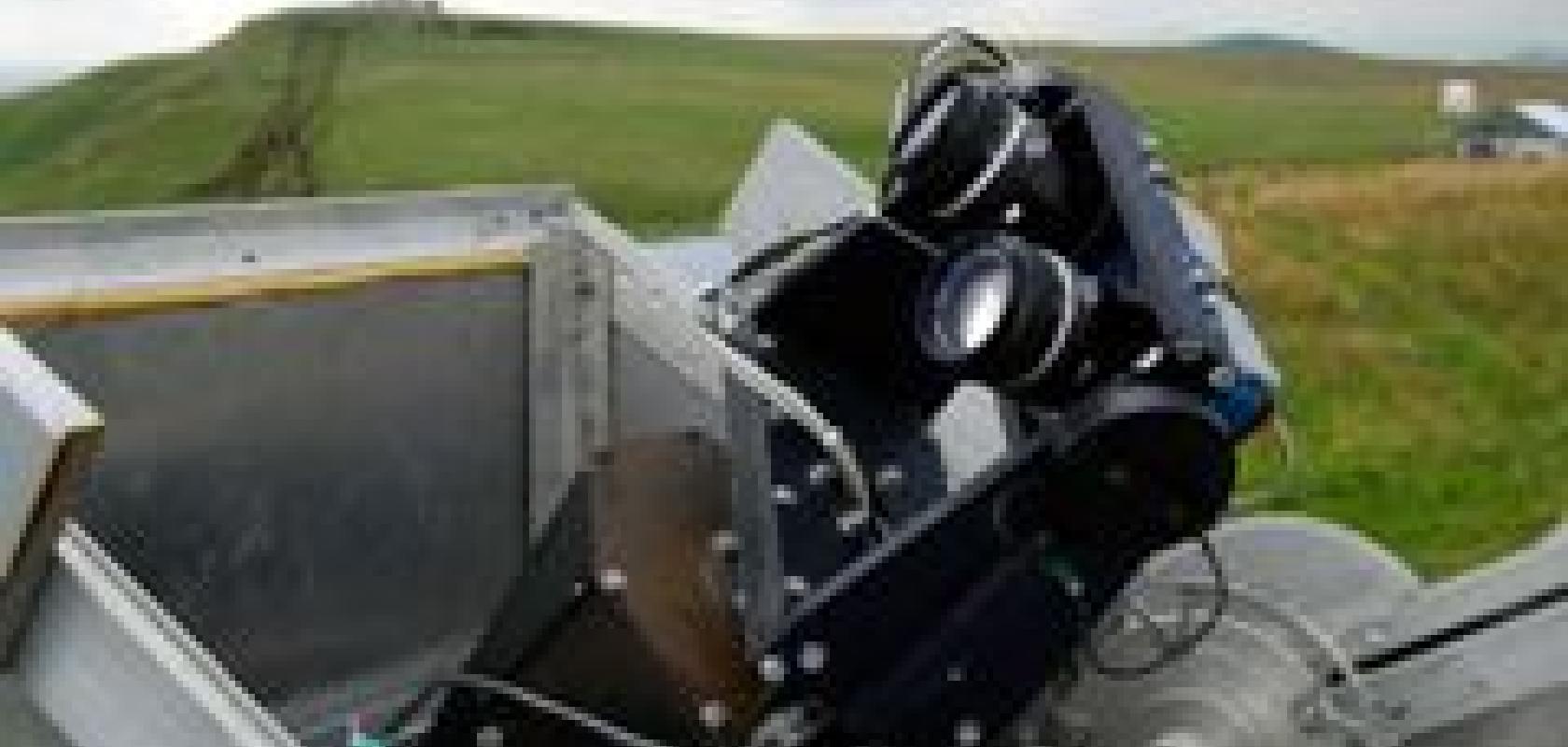The scientific team of the Sternberg Astronomical Institute of Moscow State University supported by the Moscow-based company Optics is conducting a project aimed at detecting and measuring optical transients (also called optical bursts), which are sudden appearances of emissions in a night sky. Their origins vary, but those more commonly studied are related to optical emissions from Gamma-Ray Bursts (GRB), powerful explosions that occur at the very edge of the Universe.
The Sternberg Institute's system contains two 11 Megapixel Prosilica GE4000 cameras, each fitted with a fast f/1.4 50mm prime Nikkor lens for optimal image capture in low-light conditions. The total sky coverage of the system is 2,000 square degrees.
Once a GRB is detected, the system is pointed to the specific sky area and continuous image acquisition is started. Exposure is set to five seconds to optimise the detection of the bursts, and 5,000-9,000 frames per observation-night are captured by each camera.
The camera-dedicated computers acquire and store the images, make the object detection and measurements, convert their coordinates and send a list of all detected objects to the central server. The latter then analyses the data using particular coincidence criteria, stellar databases and various catalogues to reveal the probable nature of detected events.
A total of three systems were set-up by the Sternberg Institute: two near Kislovodsk in the Northern Caucasus at the Pulkovo observatory, site of the new 2.5m aperture telescope, and one in Irkutsk, Siberia.
The success of the faint signal detection is driven by the signal-to-noise ratio of the CCD, and the readout noise of the GE4000 is very low. In addition, it is essential for hot pixels not to be mixed with stellar images in the detection software. The position of hot pixels across the CCD and their strength was sufficiently stable to produce a map, which is then used for masking the images before source detection.


